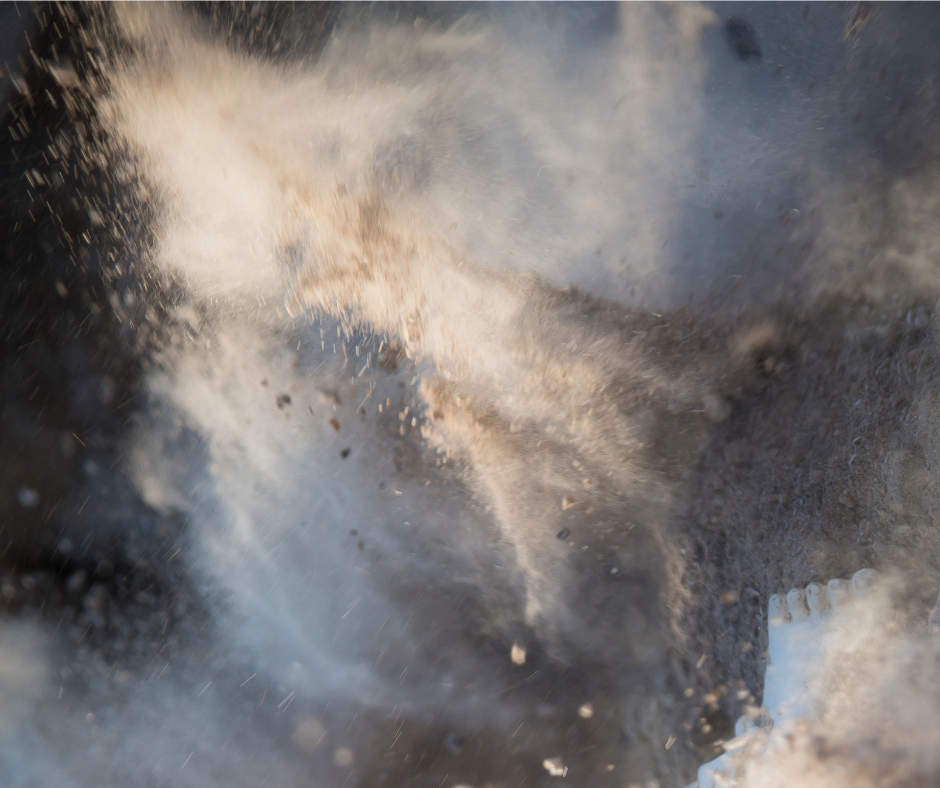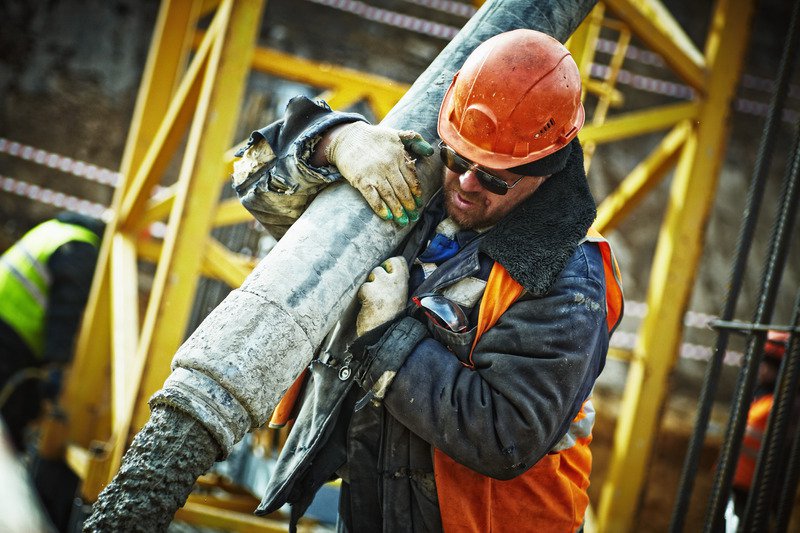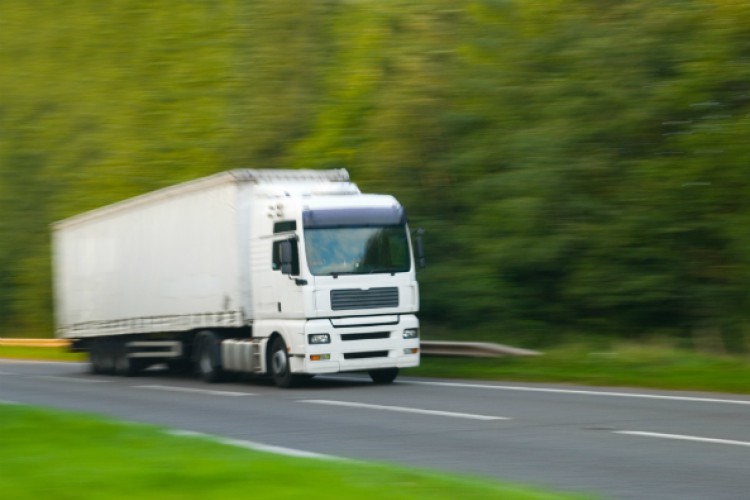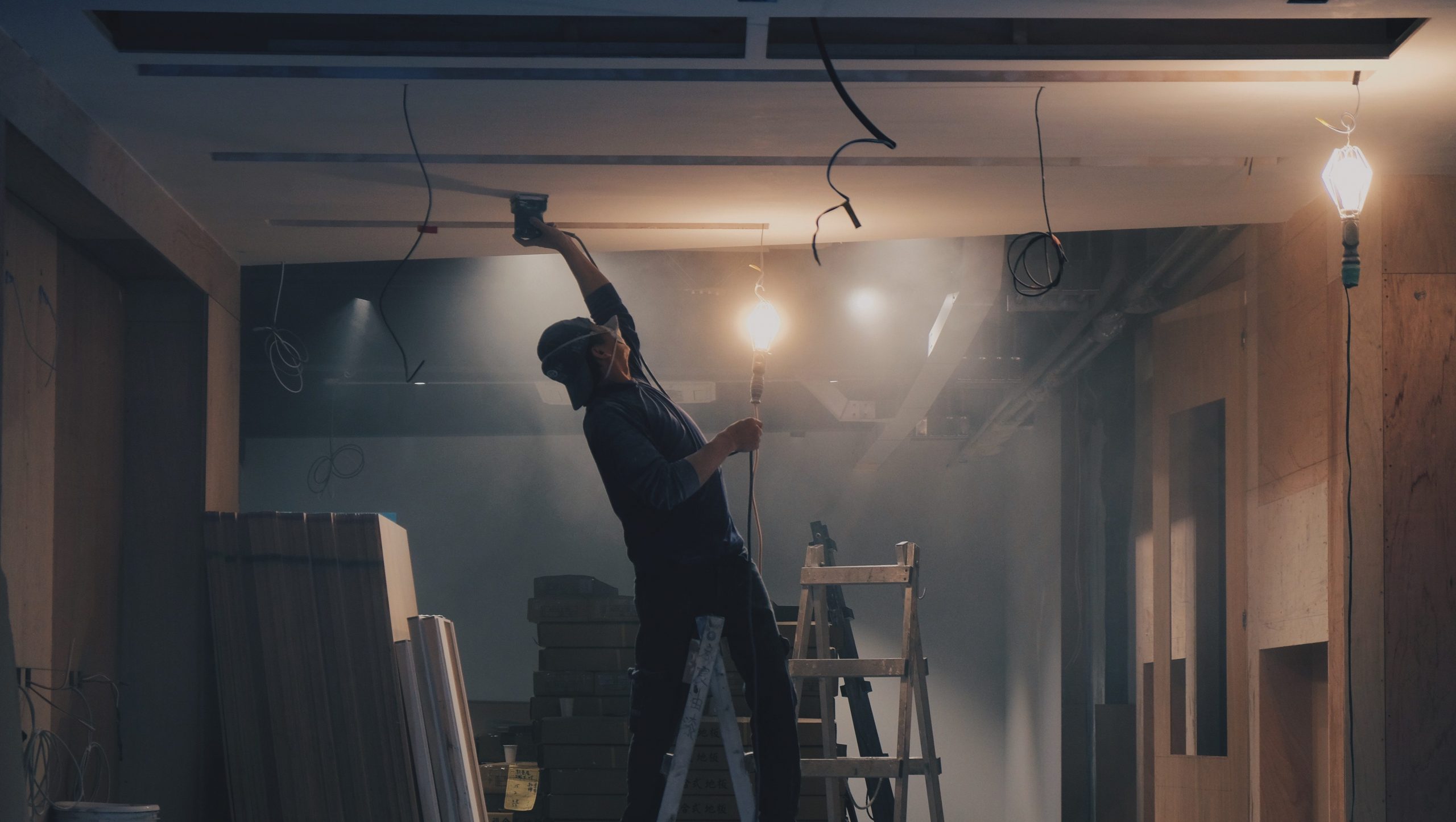LEV (Local Exhaust Ventilation)
LEV (Local Exhaust Extraction) is an engineering control system to reduce exposures to airborne contaminants such as dust, mist, fumes, vapour or gas in a workplace by capturing the emission at source and transporting it to a safe emission point or to a filter/scrubber. Common components of an LEV system are as follows; Hood: This […]










